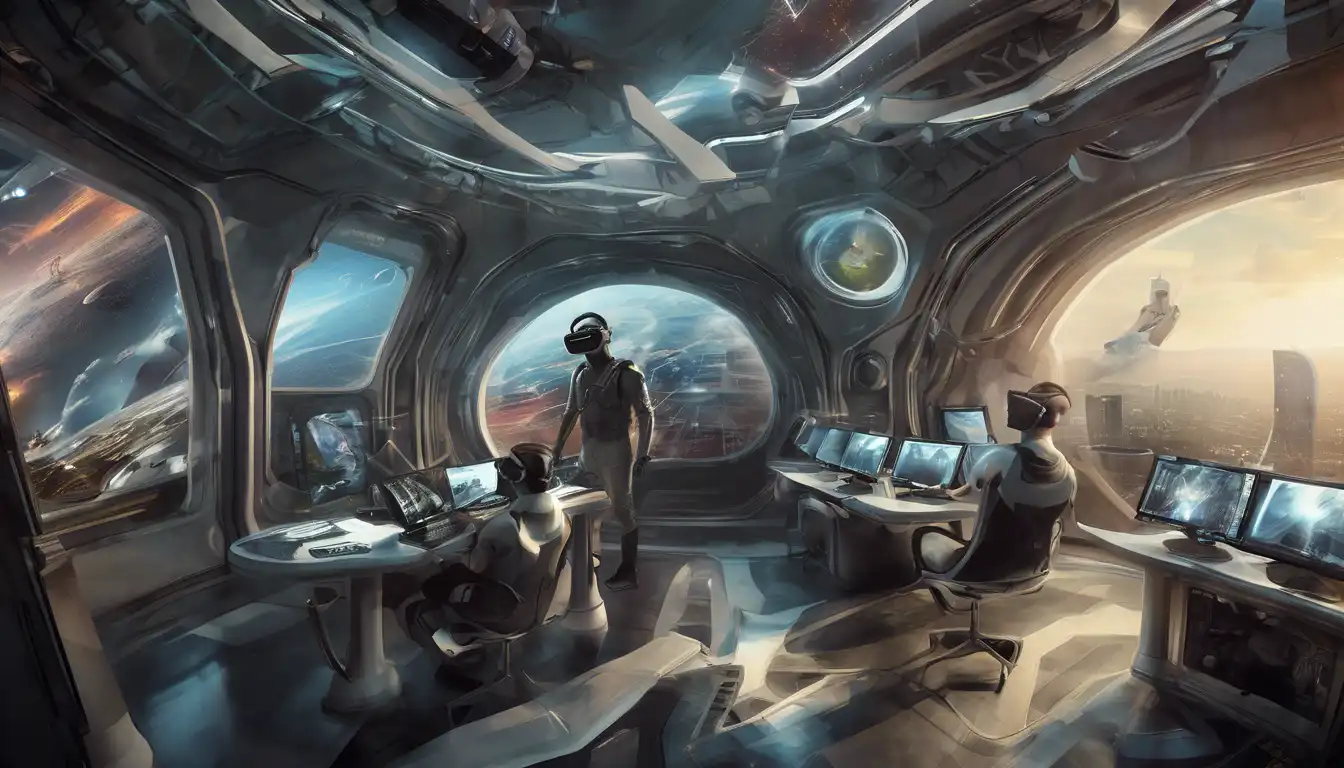Introduction to Virtual Reality
Virtual Reality (VR) is rapidly becoming one of the most exciting and transformative technologies of our time. By creating immersive, interactive environments, VR has the potential to revolutionize how we work, learn, and play. This article delves into the current state of VR technology, its applications, and what the future holds.
The Current State of VR Technology
Today's VR technology offers unprecedented levels of immersion, thanks to advancements in hardware and software. High-resolution displays, motion tracking, and haptic feedback systems allow users to feel truly present in virtual environments. Companies like Oculus, HTC, and Sony are at the forefront, pushing the boundaries of what's possible.
Key Components of VR Systems
- Head-Mounted Displays (HMDs)
- Motion Tracking Sensors
- Haptic Feedback Devices
- VR-Compatible Software
Applications of Virtual Reality
VR is not just for gaming. Its applications span various industries, including healthcare, education, and real estate. For instance, VR can simulate surgical procedures for training purposes, offer virtual tours of properties, or create interactive learning environments for students.
VR in Healthcare
In healthcare, VR is used for pain management, rehabilitation, and even mental health treatment. By immersing patients in calming virtual environments, healthcare providers can offer innovative treatment options.
VR in Education
Education is another field benefiting from VR. Virtual classrooms and historical recreations provide students with engaging and interactive learning experiences that were previously unimaginable.
The Future of Virtual Reality
The future of VR is bright, with ongoing research and development aimed at making the technology more accessible and immersive. Innovations like wireless VR headsets and eye-tracking technology are just the beginning. As VR continues to evolve, its potential to transform our daily lives grows exponentially.
Challenges and Opportunities
Despite its potential, VR faces challenges such as high costs and the need for more content. However, these challenges present opportunities for developers and entrepreneurs to innovate and expand the VR ecosystem.
Conclusion
Virtual Reality is indeed the next frontier in tech, offering limitless possibilities across various sectors. As technology advances, VR will become more integrated into our lives, changing the way we interact with the digital world. The journey of VR is just beginning, and its full potential is yet to be realized.
